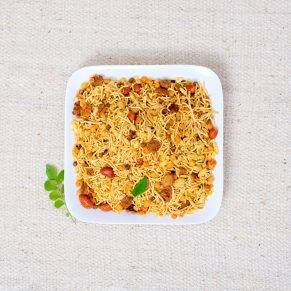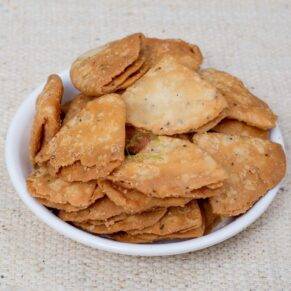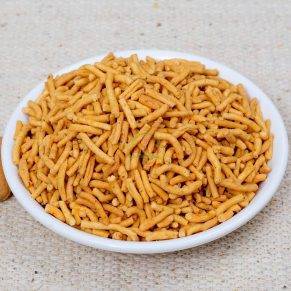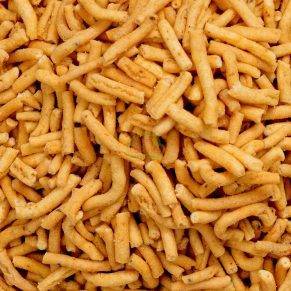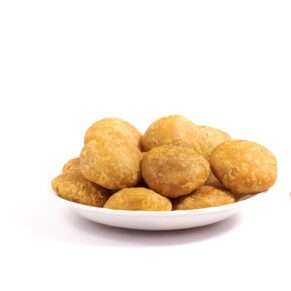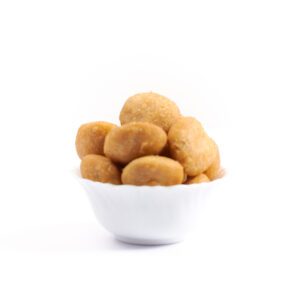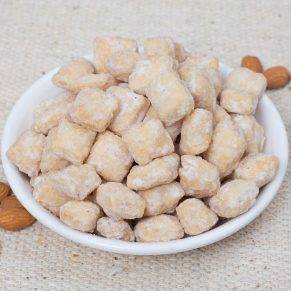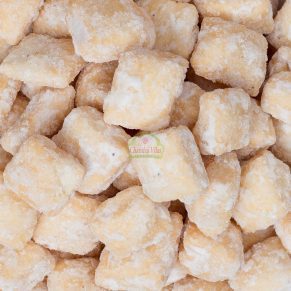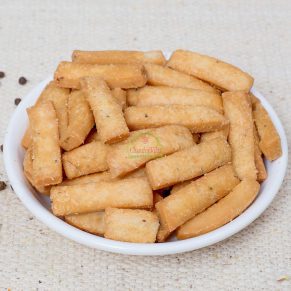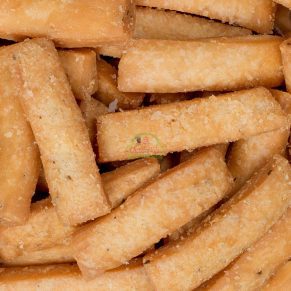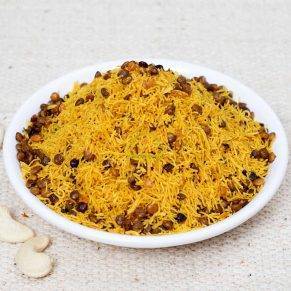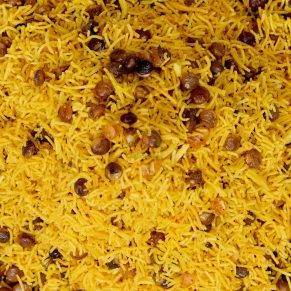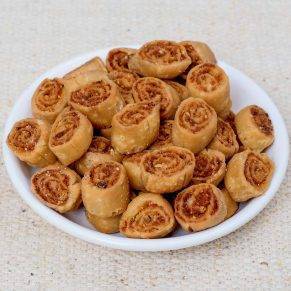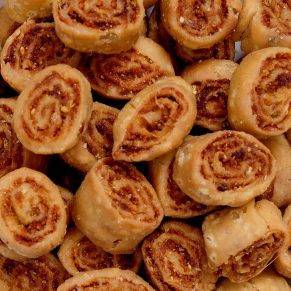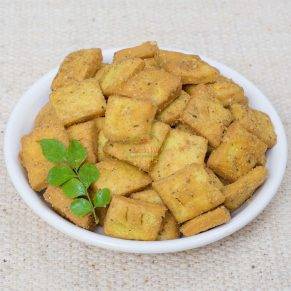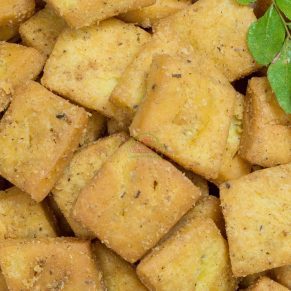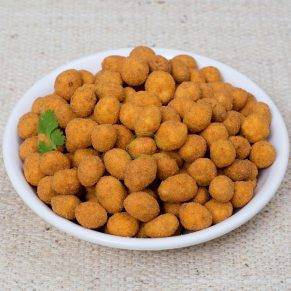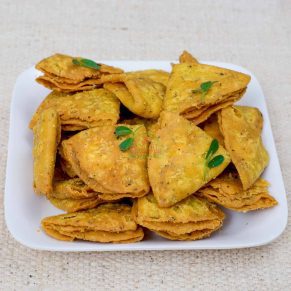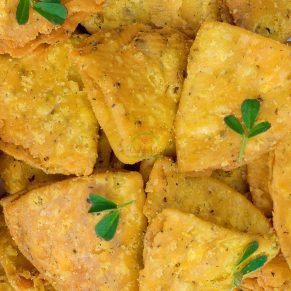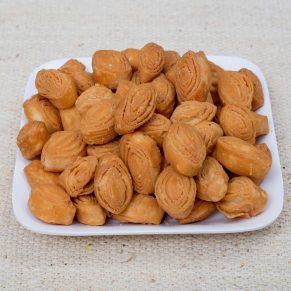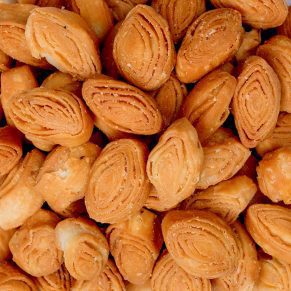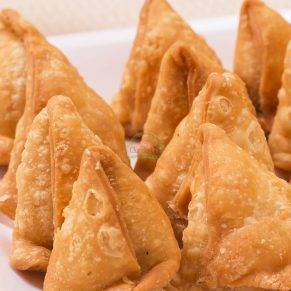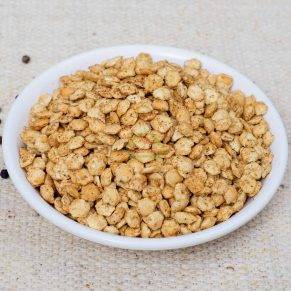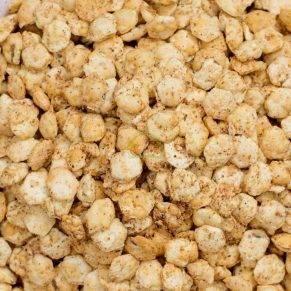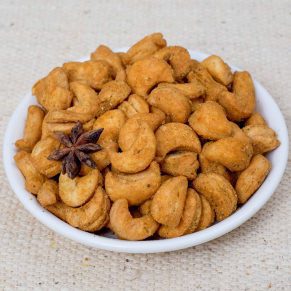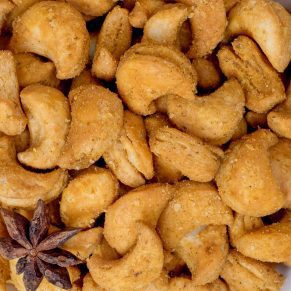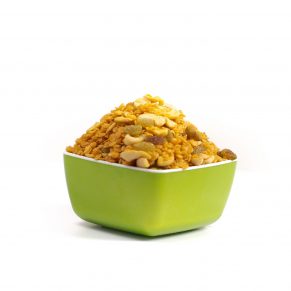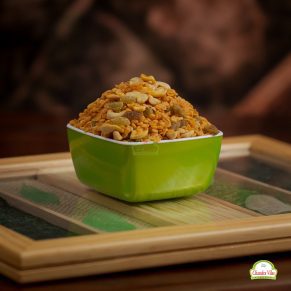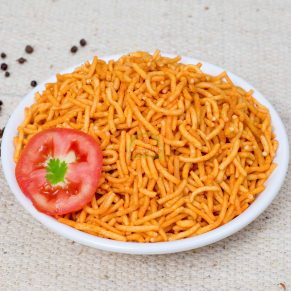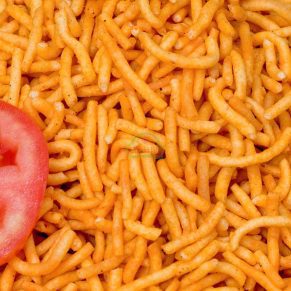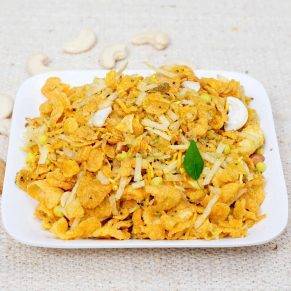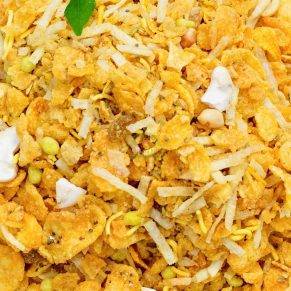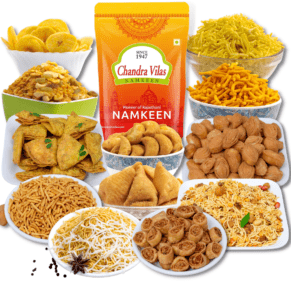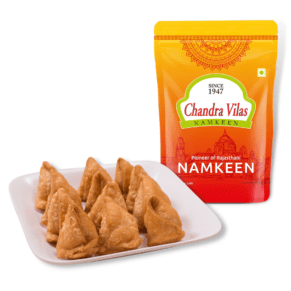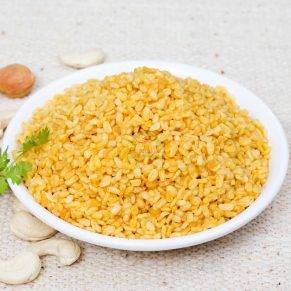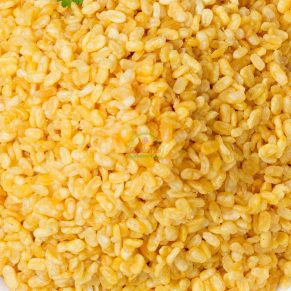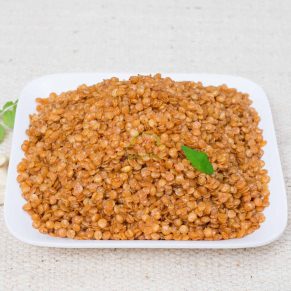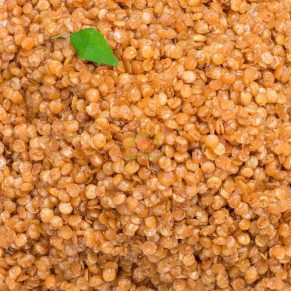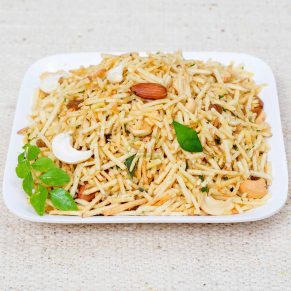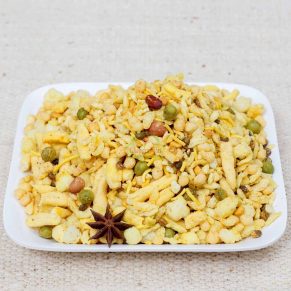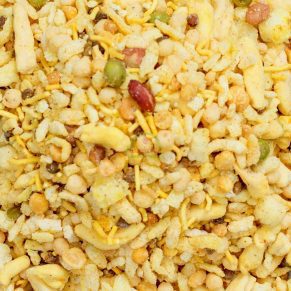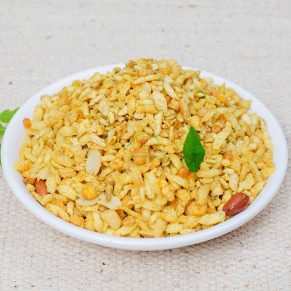- Your cart is empty
- Continue shopping
Festive Range
Traditional Festive Snacks Namkeen & Mathri
Are you ready to embark on a delicious journey through the world of traditional festive snacks? In this article, we’ll explore the rich history, mouthwatering varieties, and regional variations of two popular Indian snacks: Namkeen and Mathri. Get ready to tantalize your taste buds and discover the savory delights that have been enjoyed for generations during festive celebrations.
Introduction
When festivities arrive, one cannot resist the allure of traditional snacks. Namkeen and Mathri, two popular Indian snacks, have become an integral part of festive celebrations. These savory treats not only bring joy to our taste buds but also symbolize the richness of Indian culinary traditions. Let’s delve into the history, preparation techniques, and regional diversity of these delectable snacks.
History of Traditional Festive Snacks
The history of Namkeen and Mathri dates back centuries. These snacks originated from the Indian subcontinent and were initially prepared during festivals and special occasions. Namkeen, a term derived from the Persian word “namak” meaning salt, refers to a wide variety of savory snacks. Mathri, on the other hand, is a crispy, flaky snack with a unique texture and taste. Both snacks have deep cultural roots and have been passed down through generations.
Popular Varieties of Namkeen
Namkeen offers a vast array of flavors and textures, making it a delight for snack enthusiasts. From the crispy Aloo Bhujia to the tangy Pudina Chakli, there’s something to satisfy every palate. Other popular varieties include Moong Dal Namkeen, Chivda, Masala Sev, and Bikaneri Bhujia. Each region in India has its own specialty namkeen, reflecting the diverse culinary heritage of the country.
Ingredients Used in Namkeen
The beauty of Namkeen lies in its simplicity. Common ingredients used in Namkeen include chickpea flour (besan), spices like turmeric, cumin, and chili powder, as well as nuts, dried fruits, and aromatic herbs. These ingredients are carefully combined to create a harmonious blend of flavors that leave a lasting impression on your taste buds.
Traditional Methods of Preparation
Namkeen is traditionally prepared by hand, using time-honored techniques that have been perfected over generations. The process involves mixing the ingredients, kneading the dough, shaping it into desired forms, and then frying or baking them to crispy perfection. This artisanal approach ensures that each namkeen retains its authentic flavor and texture.
Regional Variations of Namkeen
One of the fascinating aspects of Namkeen is its regional diversity. Each state in India boasts its own unique style of namkeen, featuring locally sourced ingredients and distinct flavors. From the spicy Ratlami Sev of Madhya Pradesh to the tangy Chiwda of Maharashtra, every region has its prized namkeen recipes that have stood the test of time.
Health Benefits of Namkeen
While Namkeen is undoubtedly a delicious snack, it also offers some surprising health benefits. Many varieties are gluten-free and rich in protein, making them a great alternative for those with dietary restrictions. Additionally, namkeen often contains beneficial spices and herbs, such as cumin and ajwain, known for their digestive properties. However, it’s important to consume namkeen in moderation due to its high salt content.
Tips for Buying and Storing Namkeen
To ensure you savor the best namkeen experience, here are some tips for buying and storing these delectable snacks:
- Choose authentic brands or local shops known for their quality namkeen.
- Check the packaging for the manufacturing and expiry dates.
- Opt for namkeen in airtight packaging to maintain freshness.
- Store namkeen in a cool, dry place to preserve its crunchiness.
- Consume namkeen within the recommended timeframe for the best taste and texture.
Popular Varieties of Mathri
Mathri, a popular flaky snack, holds a special place in festive celebrations. Its irresistible crunch and rich flavors make it a perfect accompaniment to tea or as a standalone snack. Mathri comes in various flavors and shapes, including the classic plain Mathri, Ajwain Mathri, and Masala Mathri. Each variety offers a unique taste experience.
Ingredients Used in Mathri
The basic ingredients used in Mathri include all-purpose flour (maida), semolina (sooji), ghee, and a blend of spices. This combination results in a crispy and flaky texture with a hint of aromatic spices. Some variations of Mathri incorporate fenugreek leaves (methi) or carom seeds (ajwain) to enhance the flavor profile.
Preparation Techniques for Mathri
Mathri requires a delicate balance of ingredients and precise techniques to achieve the desired texture. The dough is prepared by combining the ingredients, kneading it to a smooth consistency, and then shaping it into small discs or squares. These are deep-fried until golden brown, resulting in a crispy and flaky delight.
Regional Variations of Mathri
Similar to namkeen, Mathri showcases its regional diversity with various styles across India. The Punjabi Mathri is famous for its richness and the addition of Kasuri methi (dried fenugreek leaves), while the Rajasthani Mathri is known for its spiciness and crispness. The Uttar Pradesh style Mathri often incorporates a melange of spices, creating a burst of flavors.
Serving Suggestions
Namkeen and Mathri can be enjoyed in various ways. Here are a few serving suggestions:
- Serve namkeen as a standalone snack during festive gatherings.
- Pair mathri with a cup of masala chai for a delightful tea-time experience.
- Use crushed namkeen as a topping for chaats or sprinkle it over yogurt for added crunch.
- Include namkeen and mathri in your party platters for a savory addition.
- Create your own innovative recipes by incorporating namkeen and mathri in sandwiches, wraps, or salads.
Where to Find Authentic Namkeen and Mathri
To experience the true essence of these traditional snacks, it’s best to source them from authentic shops or renowned brands. Local stores in India, especially in bustling marketplaces, often offer a wide variety of namkeen and mathri. Additionally, many online platforms provide a convenient way to explore and purchase these snacks, ensuring you receive the authentic flavors right at your doorstep.
Conclusion
Traditional festive snacks like Namkeen and Mathri bring joy and delight to special occasions. They showcase the culinary diversity of India and embody the rich cultural heritage passed down through generations. Whether you savor the tangy, spicy namkeen or indulge in the crispy, flaky mathri, these snacks have a way of creating lasting memories and leaving you craving for more.
FAQs
1. Are namkeen and mathri suitable for people with dietary restrictions?
While some varieties of namkeen and mathri can accommodate dietary restrictions such as gluten-free or vegetarian diets, it’s essential to read the ingredient labels carefully to ensure they meet your dietary needs.
2. Can I make namkeen and mathri at home?
Absolutely! Namkeen and mathri can be prepared at home using readily available ingredients. There are numerous recipes available online that provide step-by-step instructions for homemade versions of these snacks.
3. How long can namkeen and mathri be stored?
Namkeen and mathri can typically be stored for several weeks if kept in an airtight container in a cool, dry place. However, it’s recommended to consume them within a reasonable timeframe for the best taste and freshness.
4. Are namkeen and mathri healthy snacks?
While namkeen and mathri offer a unique taste experience, it’s important to consume them in moderation due to their high salt and oil content. Opt for healthier varieties that use minimal oil and include nutritious ingredients.
5. Can I find namkeen and mathri outside of India?
Yes, namkeen and mathri have gained popularity worldwide, and you can find them in Indian grocery stores or specialty snack shops in various countries. Additionally, many online retailers offer international shipping, making it easier to access these traditional snacks.


